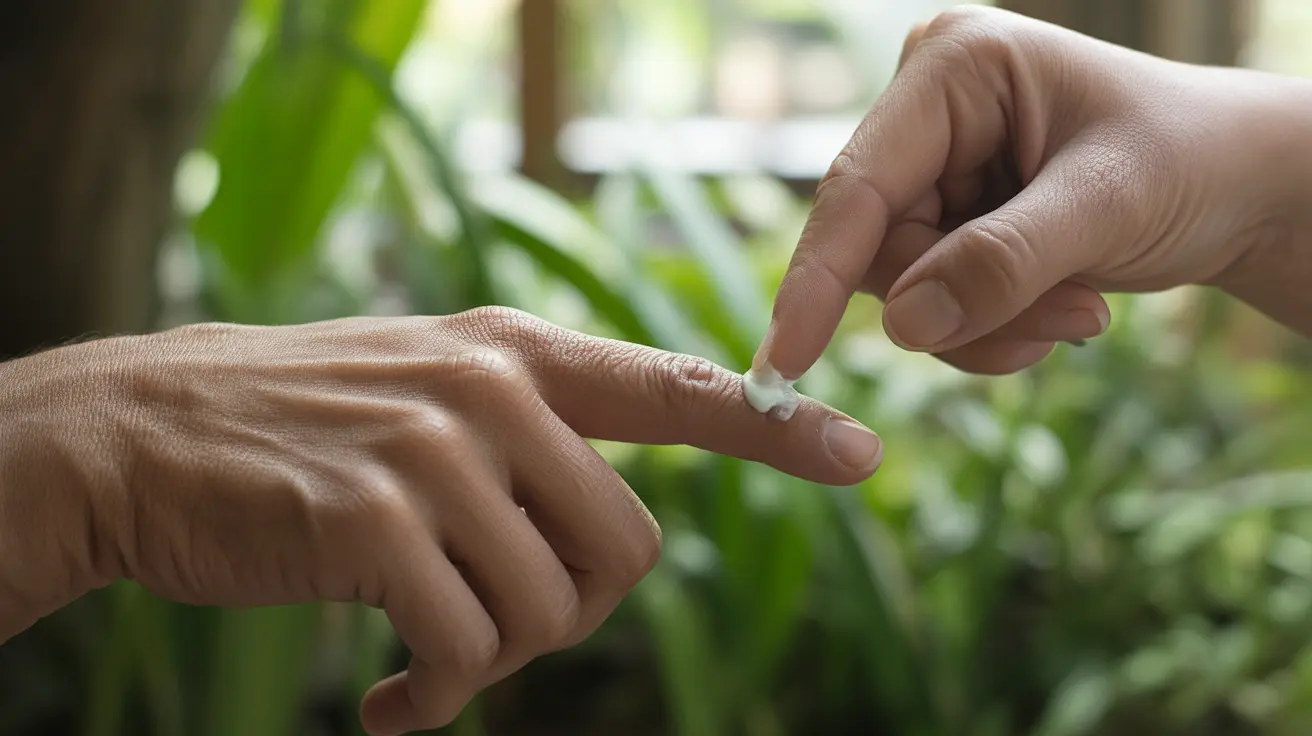While praying mantises are fascinating creatures known for their distinctive appearance and hunting abilities, encounters with these insects sometimes lead to bites. Understanding the nature of praying mantis bites, their potential effects, and proper treatment methods can help you respond appropriately if you experience one.
These remarkable insects typically don't pose a significant threat to humans, but knowing how to handle an encounter and what to expect from a bite is valuable information for gardeners, nature enthusiasts, and anyone who spends time outdoors.
Understanding Praying Mantis Bites
Praying mantises have powerful mandibles they use primarily for catching and consuming prey. When they bite humans, it's usually a defensive reaction when they feel threatened or are being handled. Their bites are generally not dangerous but can be uncomfortable.
The bite itself typically feels like a sharp pinch or prick, and while it may break the skin, serious injury is rare. Unlike some insects, praying mantises don't inject venom or carry diseases that can be transmitted through their bite.
Immediate Steps After a Bite
If you experience a praying mantis bite, following these steps can help manage the situation effectively:
- Carefully remove the mantis without crushing it
- Wash the affected area with soap and water
- Apply an antiseptic if the skin is broken
- Use a cold compress to reduce any swelling
- Monitor the bite site for any unusual reactions
Treatment and Recovery
Most praying mantis bites heal on their own without medical intervention. The initial discomfort typically subsides within a few hours, though mild tenderness might persist for a day or two. Basic first aid is usually sufficient for treatment.
Home Care Measures
To promote healing and prevent complications, consider these care strategies:
- Keep the bite area clean and dry
- Apply an over-the-counter antibiotic ointment if needed
- Use a bandage if the skin is broken
- Take an over-the-counter pain reliever if necessary
Prevention Strategies
While praying mantises are beneficial garden insects, taking certain precautions can help avoid bites:
- Wear gardening gloves when working in areas where mantises are present
- Observe mantises from a safe distance
- Avoid handling them unless necessary
- Use appropriate tools rather than hands when working near mantises
Frequently Asked Questions
What does a praying mantis bite feel like and are the bites harmful to humans? A praying mantis bite typically feels like a sharp pinch or prick. While uncomfortable, these bites are rarely harmful to humans and usually heal quickly without complications.
How should I treat a praying mantis bite at home? Clean the bite area thoroughly with soap and water, apply an antiseptic if the skin is broken, and use a cold compress to reduce any swelling. Over-the-counter pain relievers can help manage discomfort.
Can a praying mantis bite cause infection or allergic reactions? While rare, infections are possible if the bite breaks the skin and isn't properly cleaned. Allergic reactions are extremely uncommon but can occur. Monitor the bite site for unusual swelling, redness, or other concerning symptoms.
What can I do to prevent getting bitten by a praying mantis while gardening or outdoors? Wear protective gardening gloves, avoid handling mantises directly, and maintain a safe distance when observing them. Use appropriate gardening tools instead of bare hands when working in areas where mantises are present.
When should I see a doctor after a praying mantis bite? Seek medical attention if you develop signs of infection (increasing pain, redness, warmth, or swelling), have an allergic reaction, or if the bite area doesn't heal within a few days.




